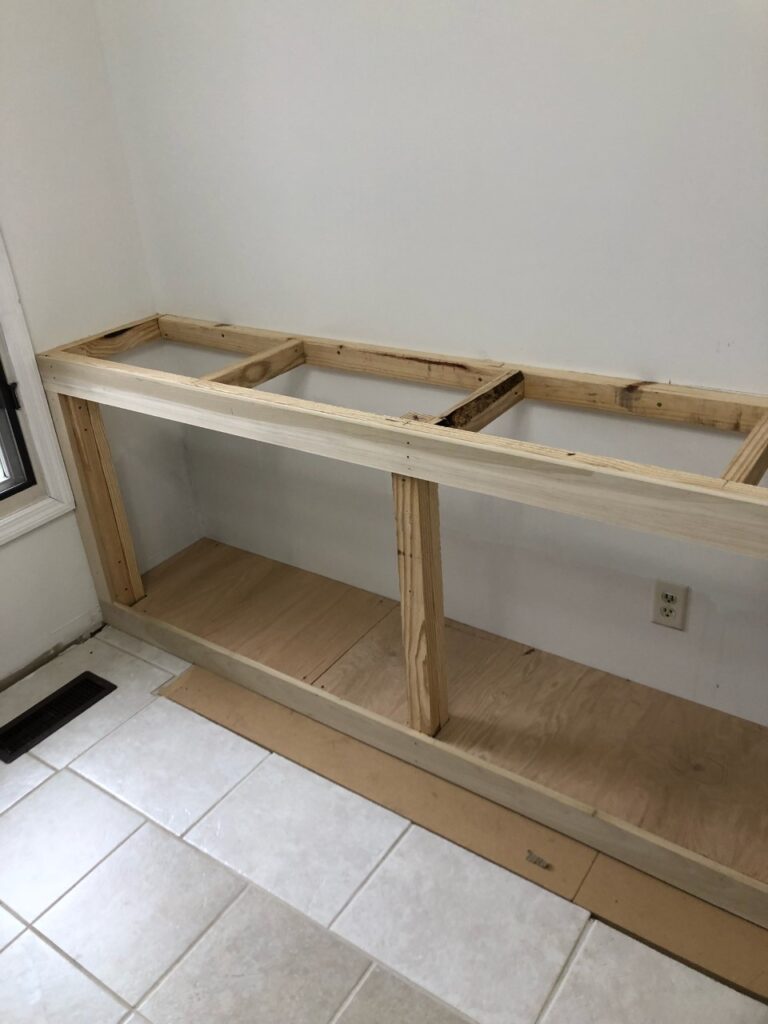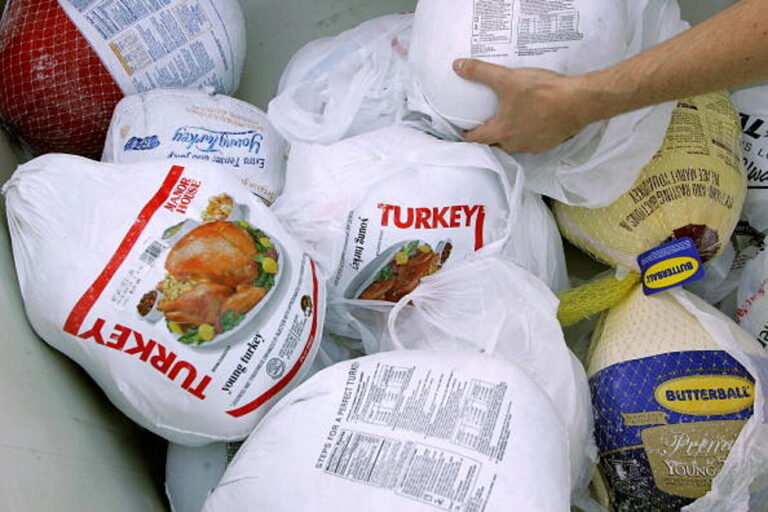How Does a Pee Trap Work
A P-trap is a type of plumbing fixture that has a U-shaped curve in its drain pipe. This curve creates a water seal that prevents sewer gases from entering the home through the drains. The water in the trap also helps to keep debris from clogging the drain.
If you’ve ever wondered how your toilet works, you’re not alone. The inner workings of a toilet can be pretty mysterious, especially the part known as the pee trap. So, how does a pee trap work?
Simply put, the pee trap is a curved section of pipe that is designed to hold water at all times. This water forms a seal that prevents sewer gases from entering your home through the toilet. When you flush the toilet, the water in the pee trap is displaced and allows wastewater to flow out of the bowl and into the sewer line.
Thepee trap is an important part of your toilet’s plumbing and helps to keep your home safe and sanitary. Be sure to keep an eye on it though, as it can become clogged with debris over time and will need to be cleaned out periodically.
How to Clean P-Trap
If your sink is draining slowly or water is backing up into the bowl, it’s probably time to clean your P-trap. The P-trap is the U-shaped pipe beneath your sink that catches debris and prevents sewer gases from entering your home. Over time, the P-trap can become clogged with hair, soap scum, and other gunk.
Fortunately, cleaning a P-trap is a relatively easy and straightforward process. Here’s what you need to do:
1) Remove the trap: Use a wrench to loosen the slip nuts that secure the trap to the drainpipe and tailpiece (the vertical pipe that extends down from the drain).
Be careful not to overtighten the nuts when you put them back on; just snug them up until they’re hand tight.
2) Clean out the trap: Use a wire hanger or pliers to remove any debris from inside the trap. If there’s a lot of build-up, you may need to soak the trap in white vinegar for an hour or so before scrubbing it clean.
3) Reattach the trap: Once it’s clean, simply reverse the above steps to reassemble everything. Make sure all of the connections are tight so there are no leaks.
And that’s all there is to it!
With just a few simple tools and some elbow grease, you can easily clean your own P-trap and keep your sink draining properly.
P-Trap Smell
If you have ever noticed an unpleasant smell coming from your drains, it is most likely due to a buildup of organic matter in your P-trap. The P-trap is a U-shaped pipe that is located under your sink and connects the drain to the sewer line. It is designed to trap sewage gases and odors so that they don’t escape into your home through the drain.
Over time, however, the P-trap can become clogged with hair, soap scum, and other debris, which can cause it to lose its effectiveness. If you notice a foul odor coming from your drains, it is important to clean out the P-trap as soon as possible to prevent further damage to your plumbing system.
P-Trap Cleanout
If you have a clogged drain, the first thing you should do is try to clear it with a plunger. If that doesn’t work, you may need to clean out your P-trap. The P-trap is the curved portion of pipe under your sink that holds water and keeps sewer gas from entering your home.
To clean out your P-trap, first remove the trap arm by unscrewing it from the drainpipe. Then, use a pliers to remove the P-trap itself. Finally, flush out the P-trap with hot water and reattach it to the drainpipe.
P-Trap Installation
If you’re like most homeowners, you probably don’t think too much about your home’s drainage system. But when something goes wrong – a clogged sink, overflowing toilet, or backed-up sewer line – it can quickly become a top priority. Fortunately, most drainage problems can be prevented with proper maintenance and timely repairs.
One of the most important components of your home’s drainage system is the P-trap. P-traps are installed under sinks and in other locations where waste water drains to prevent foul odors and hazardous gases from entering your home. They work by trapping a small amount of water in the “P” shaped portion of the trap, which creates a barrier between your home and the sewer system.
P-traps must be installed correctly to function properly. If you’re planning to do some DIY plumbing, here’s what you need to know about installing a P-trap:
1. The first step is to identify the location of the drain pipe.
This is usually easy to find under the sink; just follow the curve of the pipe down until you reach the point where it meets up with the main drain line.
2. Once you’ve located the drain pipe, measure and cut two pieces of PVC pipe that will extend from the drainpipe to form the “P” shape of the trap (one piece should be longer than the other). Make sure both pieces are cut at a 45 degree angle so they fit together snugly.
3. Dry fit both pieces of PVC pipe together before applying any glue or cement so you can make sure everything lines up properly. Once you’re satisfied with how everything fits together, apply PVC cement to both ends of each pipe and join them together permanently..
It’s important that there are no gaps or leaks in this connection because otherwise sewage could start backing up into your home!
4a . The next step is attaching an elbow joint onto one end of each side ofthe “P”, pointing downwards towardsthe floor.
. You’ll wantto make surethat these joints are also gluedand sealedproperly so thereare no leaks.. Then simplyattachthis entire sectionto thenearbydrainpipe usingmore PVCcement.. Everything shouldnow betightlysecuredin placeand readyto use!

Credit: www.mrrooter.ca
What Does a Pee Trap Do?
A pee trap is a small, bowl-shaped drain located near the toilet. Its purpose is to collect urine and prevent it from flowing into the sewer system. When urine enters the trap, it is caught in the bowl and then slowly drains away.
This prevents bad odors from emanating from your home’s sewer system, and it also keeps dangerous gases from entering through cracks in your pipes.
How Long before P-Trap Dries Out?
A P-trap is a U-shaped pipe that is installed under a sink to prevent sewer gases from entering the home. The trap is filled with water when the sink is used, and the water forms a seal that blocks odors. Over time, the water in the trap can evaporate, leaving the trap dry and allowing sewer gases to escape.
If you notice an unpleasant odor coming from your sink, it’s likely due to a dry P-trap.
There are several things that can cause a P-trap to dry out. If your home has high ceilings, the plumbing may be installed too far above the trap, causing the water to evaporate quickly.
A leaky faucet or fixture can also cause the trap to lose water. In some cases, homeowners forget to pour water into the trap after using draining cleaners or other chemicals that can damage pipes. Whatever the reason for your dry P-trap, it’s important to take action quickly to prevent foul odors from taking over your home.
To refill a dry P-trap, simply pour a gallon of water into the drain. You may need to do this multiple times if your home has high ceilings or if there are multiple fixtures connected to the same drain line. Once you’ve refilled the trap, run some cold water down the drain for 30 seconds to help keep everything sealed tightly.
How Do I Know If My P-Trap is Working?
If your P-trap is working properly, you should be able to see water in the U-shaped portion of the trap. This means that the trap is doing its job of trapping sewage gases and odors. If you don’t see any water in the trap, it may be because it’s dry or because there is a blockage preventing water from entering.
Is There Always Water in the P-Trap?
The P-trap is a U-shaped pipe that is installed under the sink to prevent sewer gas from entering the home. The P-trap also catches any debris that may be in the sewage line and prevents it from clogging the drain. The water in the P-trap creates a seal that stops sewer gas from coming up through the drain.
If there is no water in the P-trap, then it will not be able to do its job properly. If you have a P-trap that is dry, then you should pour some water into it to refill it. You can also check your local building code to see if there are any specific requirements for how often the P-trap needs to be refilled with water.
How Do P-Traps Work? 5 Drain Issues to Watch Out For
Conclusion
A pee trap is a small, water-filled chamber that is installed in the drain line of a bathroom sink, shower or tub. When urine enters the trap, it causes the water level to rise and creates a seal that prevents sewer gases from entering the home.





